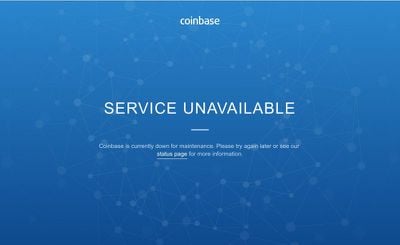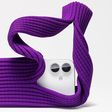An unofficial iOS app for MyEtherWallet.com rose to the top of the App Store over the weekend, nabbing the third spot in the Finance category after being on the storefront for a little over a week (via TechCrunch). MyEtherWallet.com is a popular service made for storing cryptocurrencies but it doesn't have an official iOS app, so the company tweeted out a warning for users to not be fooled by the "MyEtherWallet" iOS app, as well as asking for Apple to remove it from the App Store.
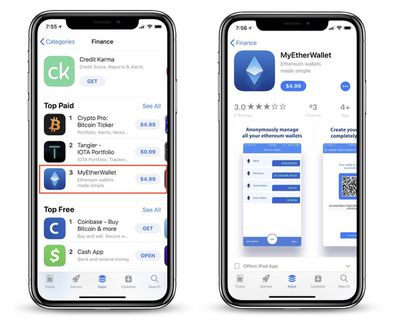
At the time of writing, MyEtherWallet still remains at #3 on the App Store's Finance chart. The app lists its developer as Nam Le, who has two other iOS apps -- "Panda Warrior: Kung Fu Awesomeness" and "Mr. Beard: Icehole Fishermans" -- and one Apple Watch app called "Wrist Count." MyEtherWallet costs $4.99 and its App Store page says that it allows users to anonymously manage their ethereum wallets, create wallets offline, and store wallet keys securely inside their iPhone.
This is NOT US. We have file reports and emailed and reported. Would appreciate the communities assistance in getting these scamtards out of our lives. PS: We are #Foss4Lyfe https://t.co/SmI8cqNvxA — MyEtherWallet.com (@myetherwallet) December 10, 2017
Apps for buying and selling cryptocurrency have become popular recently, with one called "Coinbase" -- this one official -- rising to become the #1 most downloaded free app in the United States iOS App Store last week. This happened after the price of bitcoin rose past $17,000 and saw a price jump of over 20 percent in one day. As the app climbed the App Store charts amid the bitcoin frenzy, Coinbase servers crashed for much of last Thursday, affecting both its website and the iOS app's performance.
Update: Apple appears to have pulled the app from the App Store.


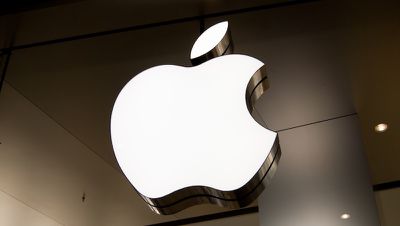
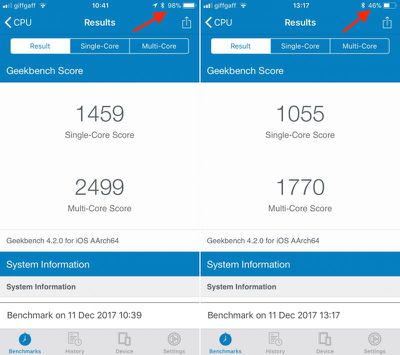
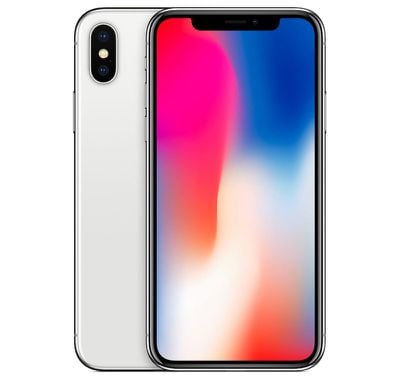
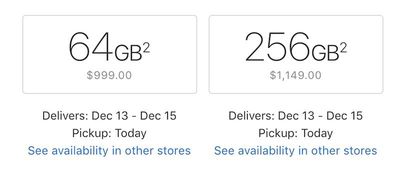
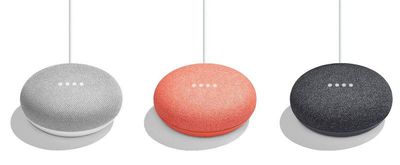
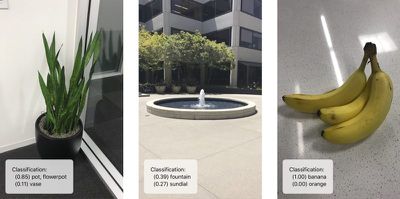

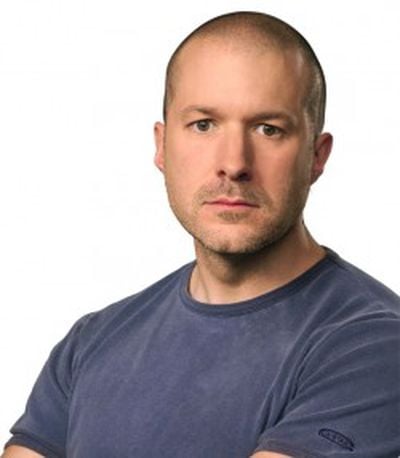 Apple Chief Design Officer Jony Ive is once again taking over management of the design team at Apple according to changes made to Apple's official "
Apple Chief Design Officer Jony Ive is once again taking over management of the design team at Apple according to changes made to Apple's official "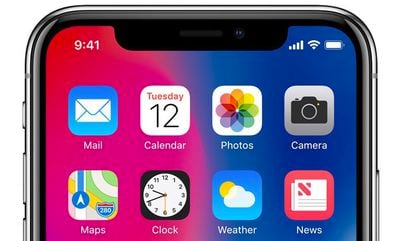
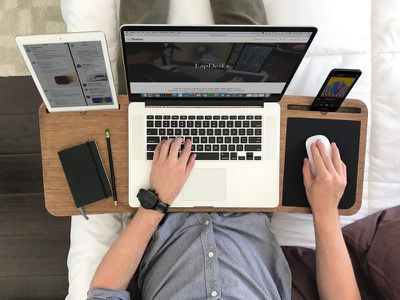
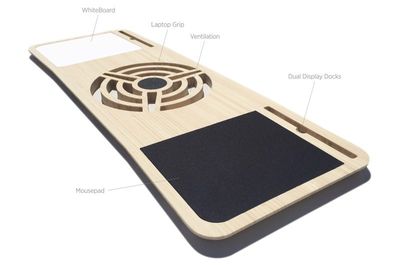
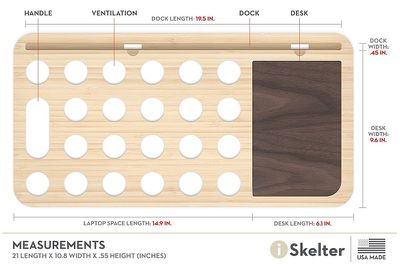

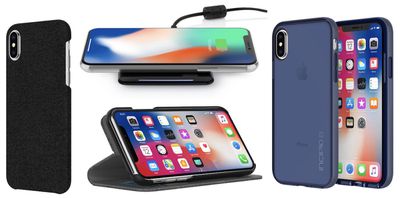 Note: MacRumors is an affiliate partner with these vendors. When you click a link and make a purchase, we may receive a small payment, which helps us keep the site running.
Note: MacRumors is an affiliate partner with these vendors. When you click a link and make a purchase, we may receive a small payment, which helps us keep the site running.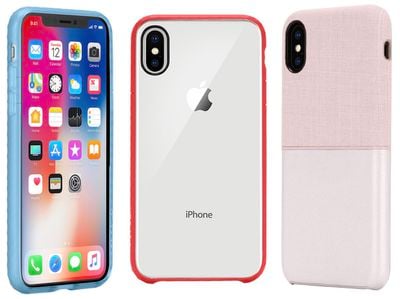

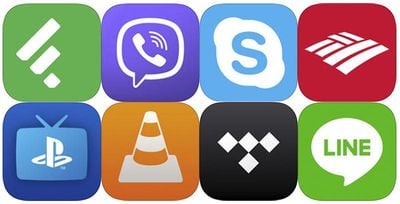
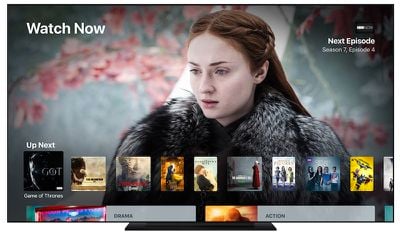
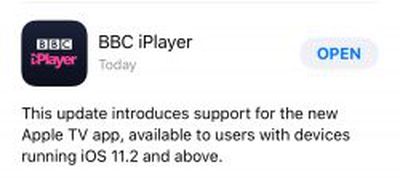 BBC's iPlayer app received an update this morning that is fueling speculation online that Apple's TV app will hit U.K. shores imminently.
BBC's iPlayer app received an update this morning that is fueling speculation online that Apple's TV app will hit U.K. shores imminently.
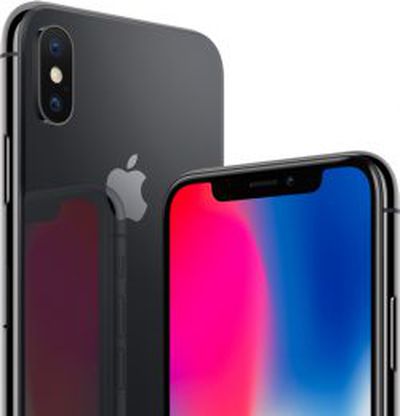 The surge in component orders for the iPhone X over the last couple of months appears to be coming to an end, based on information coming out of the upstream supply chain. Component shipments for the iPhone X weakened in November, according to sources on Friday, following strong demand in September and October.
The surge in component orders for the iPhone X over the last couple of months appears to be coming to an end, based on information coming out of the upstream supply chain. Component shipments for the iPhone X weakened in November, according to sources on Friday, following strong demand in September and October.